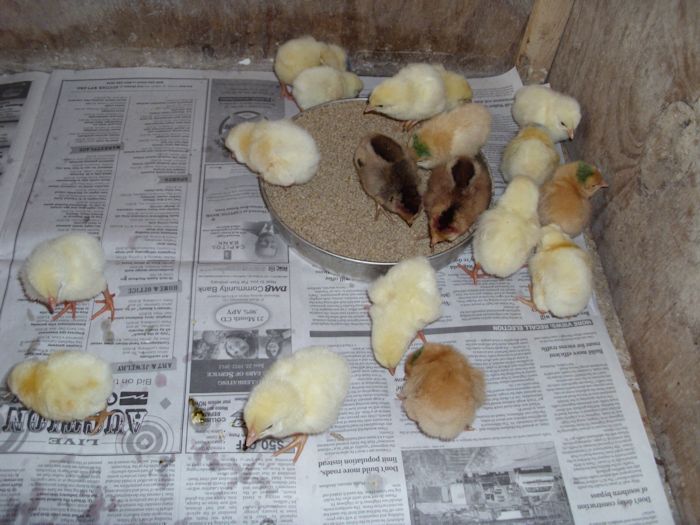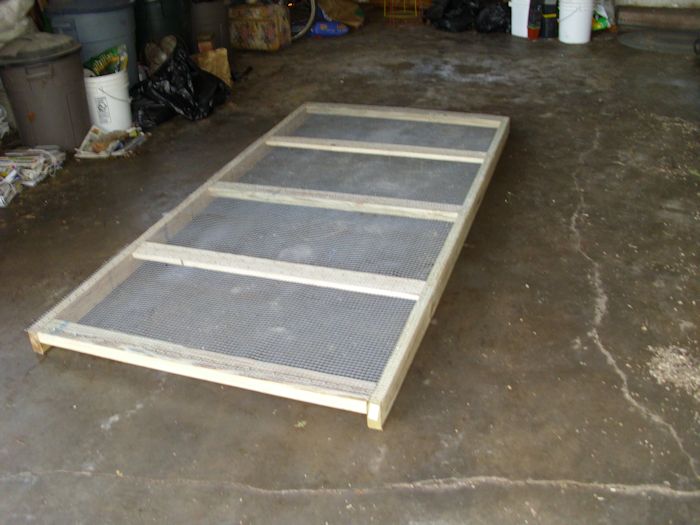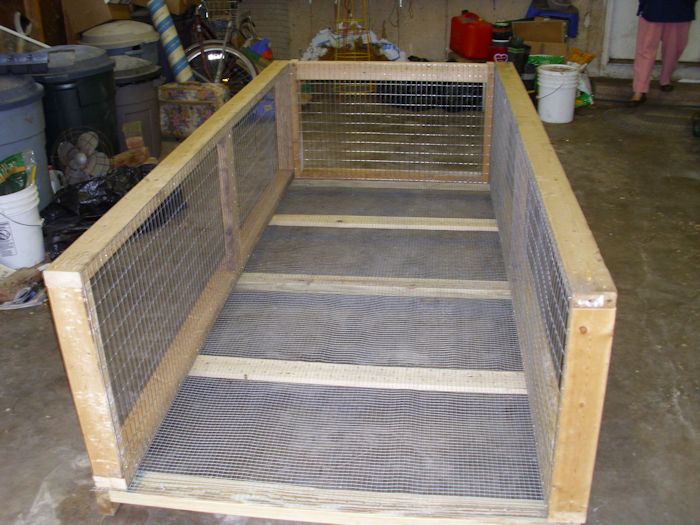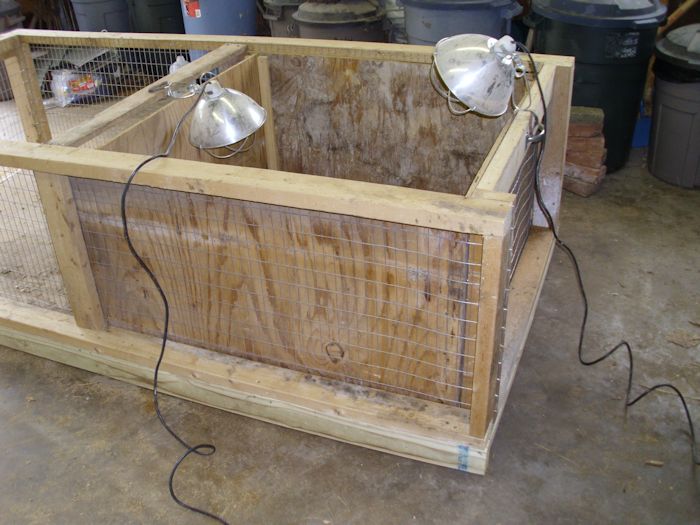I normally take vacations twice a year. The first time is during the Christmas holiday (see Learning to Unplug). The second time is at the beginning of summer. Our Christmas holiday is definitely the more restful of the two.
Summer vacation usually means getting out into the garden every day to weed and then there are animal needs to address. We’ll process a certain amount of food during this time as well. This is the time of year when we’re starting to see the benefits of having our garden. However, there is normally so much work to do that I really do need the time off in order to help Rebecca manage it all. So, the vacation part comes from not going into the office each day to write. It would be easier if we could go to Rental Cloud and book somewhere to go to. Being away from home helps someone relax, after all.
It’s not as if we won’t take some time off. There will be a few days where we go fishing first and do chores later. Though we have been thinking of taking a fishing vacation and finding a nice place to go for it. According to this article, one of the best things to do In Broken Bow is fishing so it’s on our list of considerations. At the end of the day even we should decide if we get to have a bit of fun. ![]() . Though it would be nice to be able to go away for a stereotypical resort relaxation holiday, maybe to something like a resort victoria. Laying by a pool and drinking cocktails… now that is the life! It would be the perfect opportunity to get away from the struggles of everyday life and spend it relaxing under the sun and getting a suntan. It sounds amazing. Although, if we had to go anywhere, I’d rather go somewhere where we had the option of staying in one of the amazing accommodations found at Exceptional Villas as they just look out of this world. An ocean view would be my choice but I would be fine with anything. But if that isn’t a choice, we must find another way to have fun during our summer break.
. Though it would be nice to be able to go away for a stereotypical resort relaxation holiday, maybe to something like a resort victoria. Laying by a pool and drinking cocktails… now that is the life! It would be the perfect opportunity to get away from the struggles of everyday life and spend it relaxing under the sun and getting a suntan. It sounds amazing. Although, if we had to go anywhere, I’d rather go somewhere where we had the option of staying in one of the amazing accommodations found at Exceptional Villas as they just look out of this world. An ocean view would be my choice but I would be fine with anything. But if that isn’t a choice, we must find another way to have fun during our summer break.
Summer is the time for picnics, so we’ll probably go for a picnic or two to one of our favorite spots. Every summer vacation we also have some activities we do, such as putting together the annual summer jigsaw puzzle. It’s a fun way to spend a bit of time when we decide it has gotten too hot outside and want to spend a little time in the coolness of the house. Of course, kicking back in my hammock under the big maple tree next to the garden Rebecca has created for me is quite nice too.
The one big thing we do every summer vacation is barbecue every day. Normally I make the meat dish every day and Rebecca makes up a vegetable to go with it. Sometimes I cook both the meat and the vegetable dish to give Rebecca a day off cooking. The smell of roasted meat is a mighty nice way to spend an evening meal. I’ll use a combination of herb seasonings from Rebecca’s garden, butter or olive oil, and selected woods to give the meat a special taste.
This summer vacation will hold something special for me. I have an abundance of construction wood this time, so I’ll probably take a bit of my time out of the office to put up new shelving in our larder. Rebecca currently lacks a good place to put empty jars without cluttering up the shelves containing food. In addition, there have been times where we had such an abundance that we had to scour locations to put it all. The new shelves will ease some congestion.
We’ll be back to work on July 17th. If you have any questions regarding my books, please be patient and I’ll answer them when I get back. In the meantime, don’t worry if your email message goes unanswered. I assure you that I’m not going to ignore you. Happy computing!





